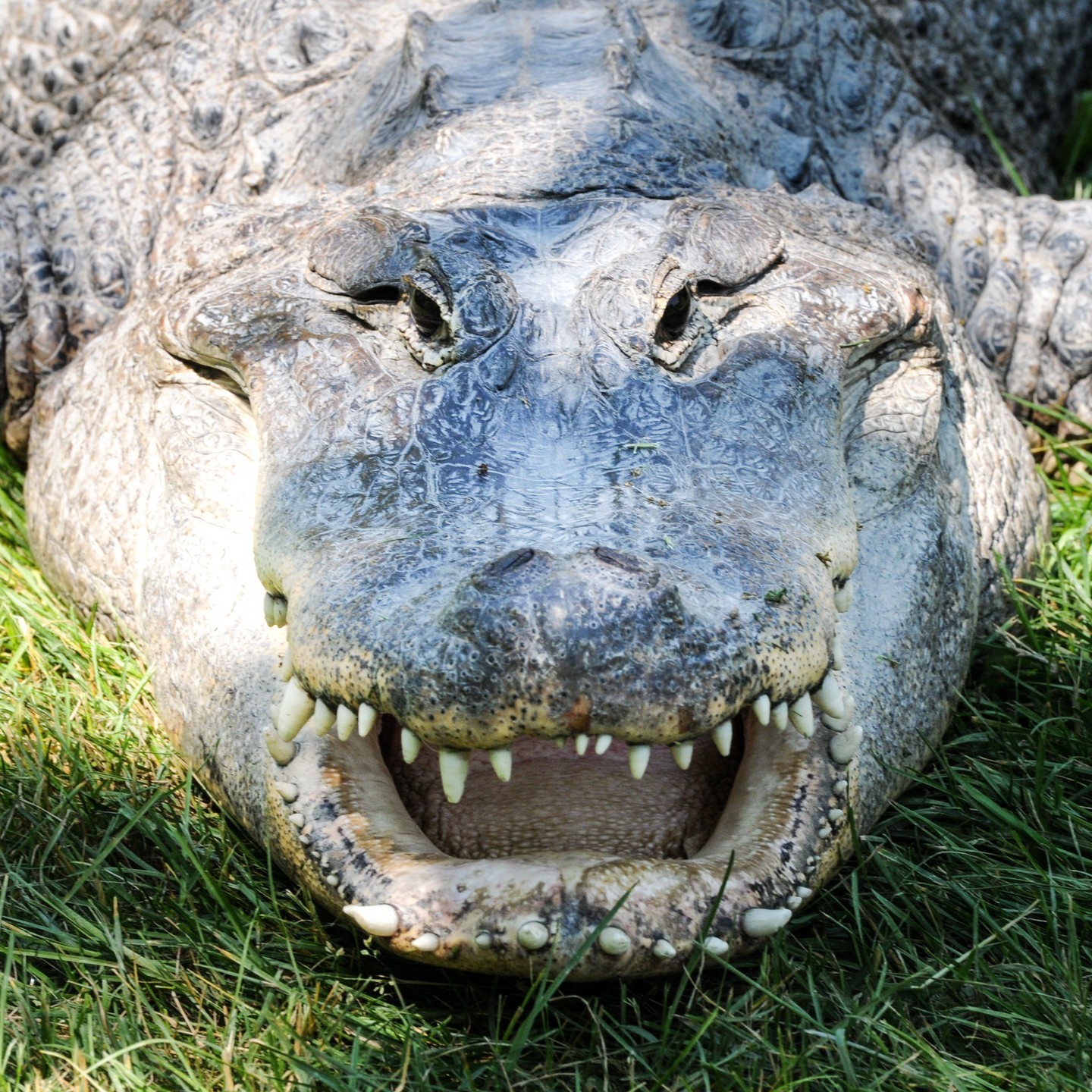- Introduction to the American Alligator (Alligator mississippiensis)
- Physical Characteristics and Adaptations
- Behavior and Habitat of Wally
- Conservation Status and Challenges
- Role in Ecosystem and Human Interaction
The American Alligator (Alligator mississippiensis) is a fascinating apex predator that plays a crucial role in its natural ecosystem. Recognized by their robust bodies, powerful jaws, and deep-set eyes, these reptiles have a storied history in the American South. Known for their resilience and adaptability, American alligators have managed to thrive despite significant environmental challenges. Today, alligators like Wally serve not only as symbols of wild beauty but also as indicators of ecosystem health.
Alligators are capable of remarkable feats, both in water and on land. They can move at speeds of up to 10 km/h on land, though their true prowess is seen in their aquatic domain, where they are much faster. Their physical adaptations, such as webbed feet and a muscular tail, aid in swift movement through the water. On land, their semi-erect posture can be deceptive, allowing them sudden bursts of speed, which often surprises onlookers.
Wally, an American alligator, is a captivating exemplar of his species. He and his peers are typically seen from 10 am to 7 pm in various parts of South America, where they coexist with a richly diverse flora and fauna. Observing Wally and other alligators in their natural habitat offers unique insights into their behavior, ecology, and conservation needs.
Conservation of the American alligator is a serious endeavor due to their critical role in the ecosystem. Historically, these reptiles faced significant threats from hunting and habitat loss, leading to steep population declines. Conservation measures, including legal protection and habitat restoration, have been pivotal in their recovery. However, new challenges arise with ongoing urbanization and climate change.
Interacting with and studying American alligators like Wally underscores their importance as top predators. They control the population of various animal species, contributing to the balance of their ecosystems. Additionally, they serve as sentinels of the health of their environment, with changes in their populations often signifying broader ecological shifts.
Understanding and protecting the American alligator involves not only scientific research but also public education and conservation efforts. By appreciating these remarkable creatures, we can better advocate for preserving their habitats and contribute to the broader goals of wildlife conservation.
*****
Source Description
🐊 Voici Wally! 🐊
Alligator américain, cette espèce se trouve au sommet de la chaine alimentaire dans son territoire naturel. 👑
⁉️ Saviez-vous que les alligators américains sont capables de se déplacer à 10 km/h sur la terre ferme, même s’ils sont beaucoup plus rapides dans l’eau? 🐊💨
Wally et ses congénères sont visibles en Amérique du Sud tous les jours, entre 10h et 19h!


